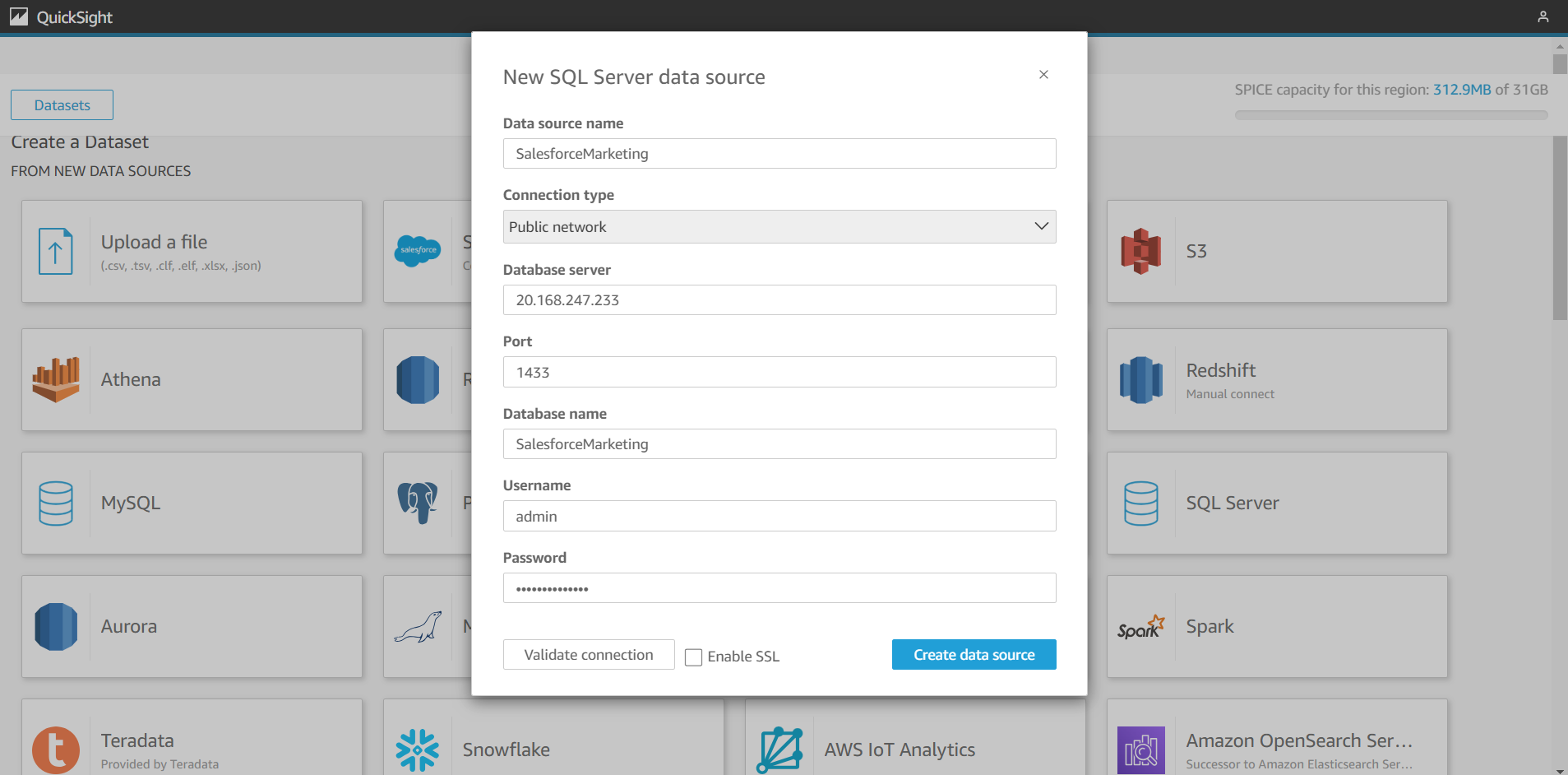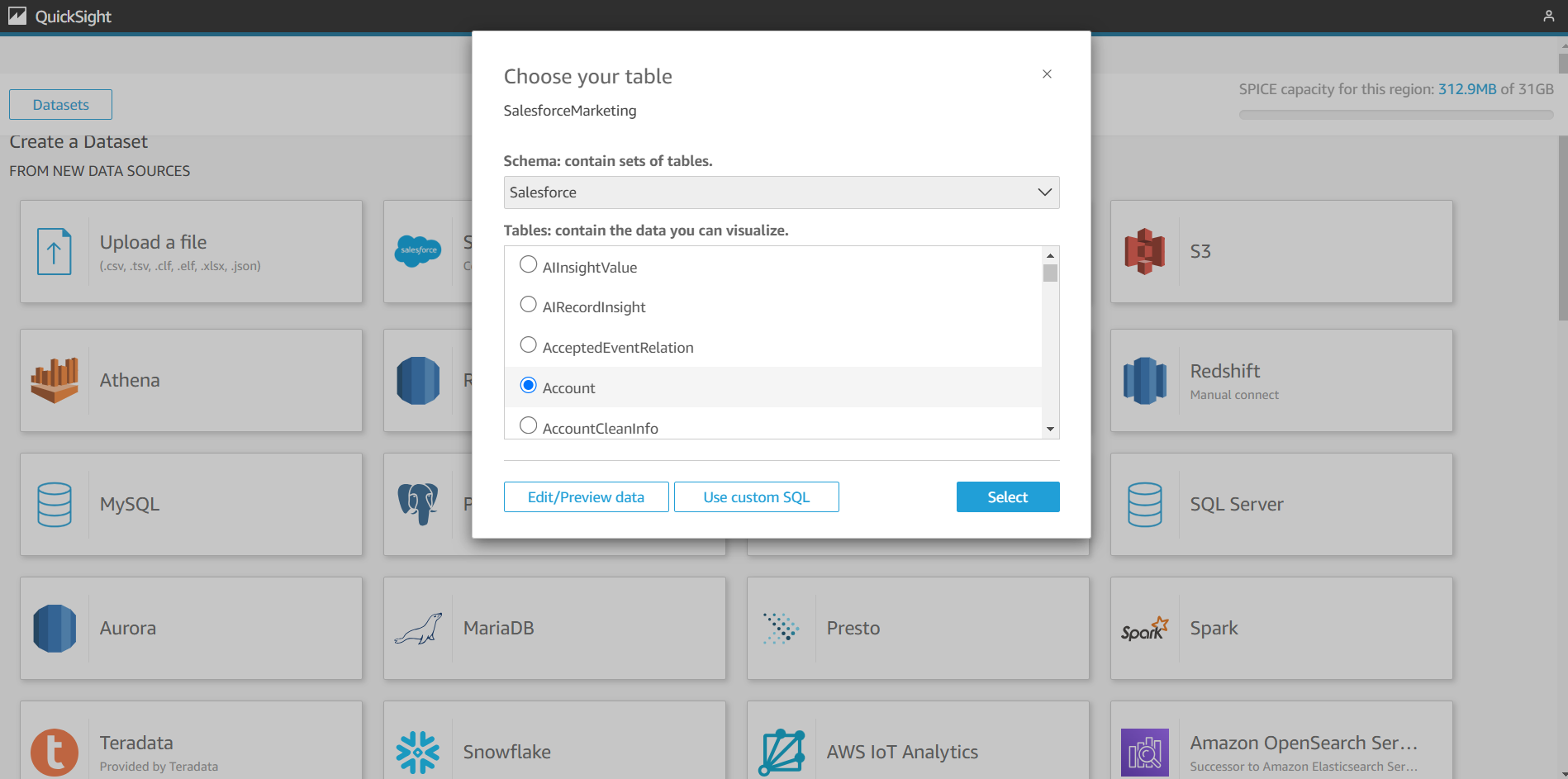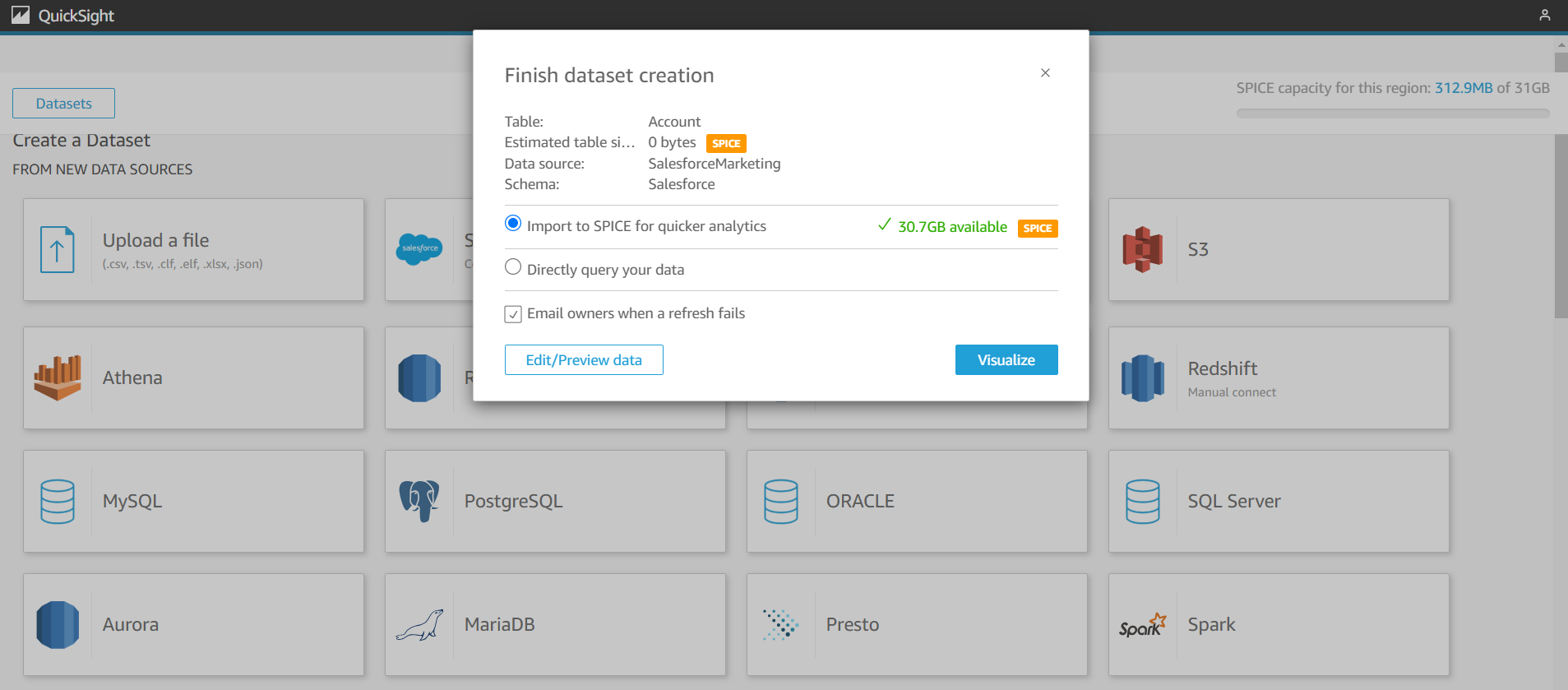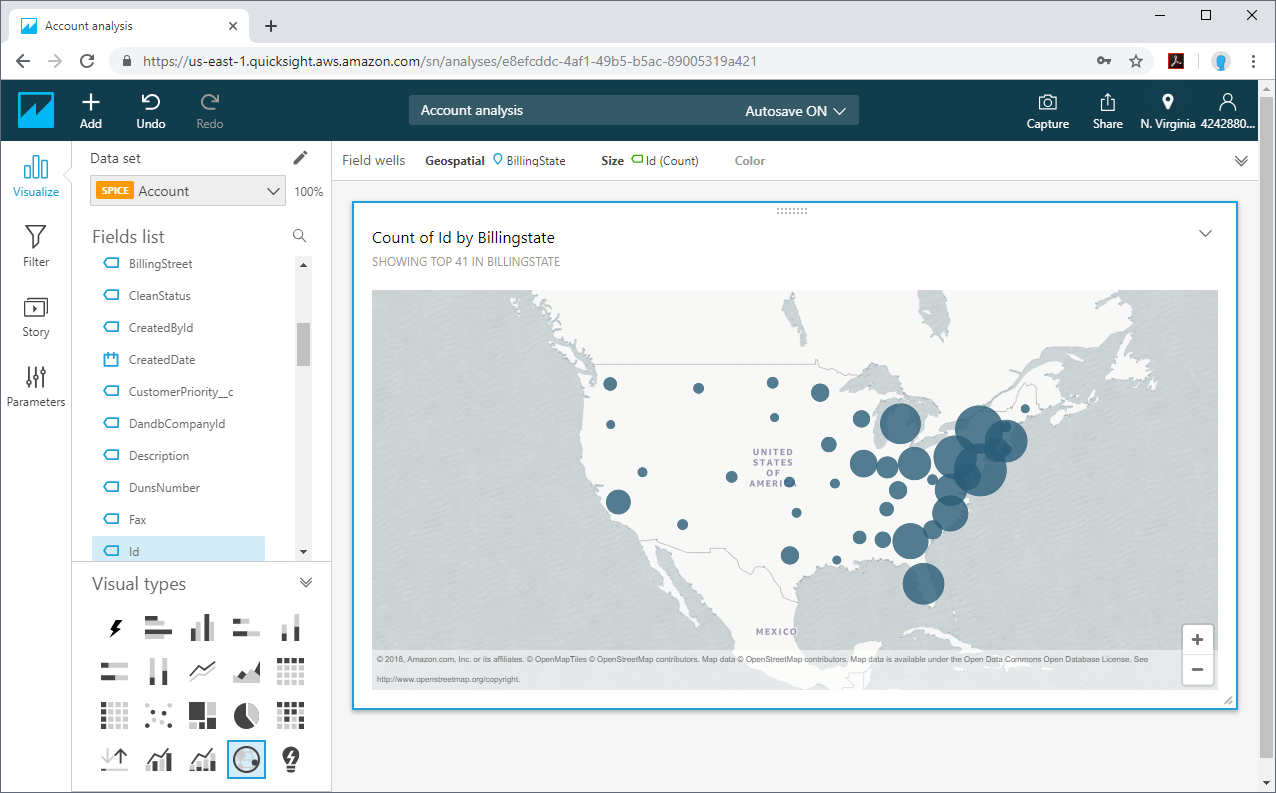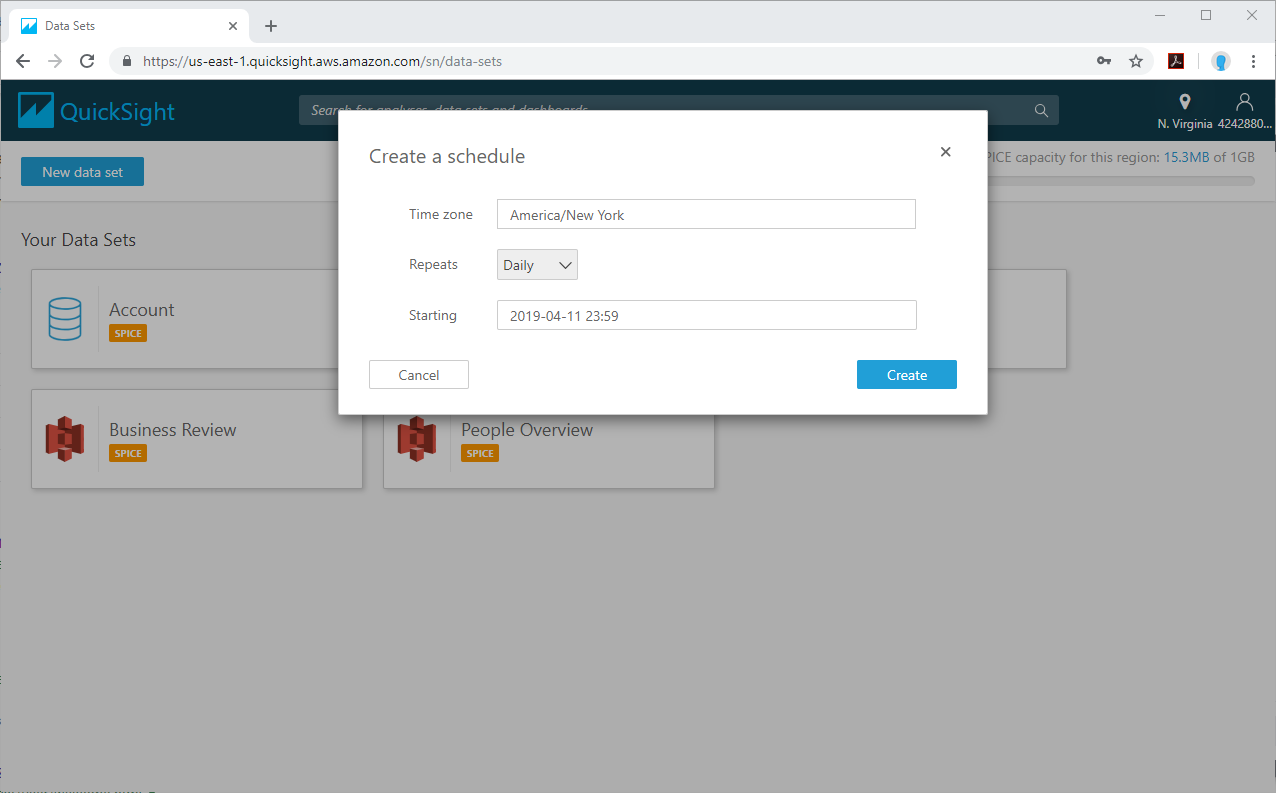Discover how a bimodal integration strategy can address the major data management challenges facing your organization today.
Get the Report →Build Interactive Dashboards from FTP Data in Amazon QuickSight
Create a virtual SQL Server database for FTP data in CData Connect Server and import FTP data into Amazon QuickSight SPICE to build interactive dashboards.
Amazon QuickSight allows users to build interactive dashboards in the cloud. When paired with CData Connect Server, you get direct access to FTP data for visualizations, dashboards, and more. This article shows how to create a virtual database for FTP in Connect Server and build dashboards in Amazon QuickSight with access to FTP data.
CData Connect Server provides a pure SQL Server interface for FTP, allowing you to easily build reports from live FTP data in Quicksight — without replicating the data to a natively supported database. As you build visualizations, Quicksight generates SQL queries to gather data. Using optimized data processing out of the box, CData Connect Server pushes all supported SQL operations (filters, JOINs, etc) directly to FTP, leveraging server-side processing to quickly return the requested FTP data.
Create a Virtual SQL Server Database for FTP Data
CData Connect Server uses a straightforward, point-and-click interface to connect to data sources and generate APIs.
-
Login to Connect Server and click Connections.
![Adding a connection]()
- Select "FTP" from Available Data Sources.
-
Enter the necessary authentication properties to connect to FTP.
To connect to FTP or SFTP servers, specify at least RemoteHost and FileProtocol. Specify the port with RemotePort.
Set User and Password to perform Basic authentication. Set SSHAuthMode to use SSH authentication. See the Getting Started section of the data provider help documentation for more information on authenticating via SSH.
Set SSLMode and SSLServerCert to secure connections with SSL.
The data provider lists the tables based on the available folders in your FTP server. Set the following connection properties to control the relational view of the file system:
- RemotePath: Set this to the current working directory.
- TableDepth: Set this to control the depth of folders to list as views.
- FileRetrievalDepth: Set this to retrieve and list files recursively from the root table.
Stored Procedures are available to download files, upload files, and send protocol commands. See the Data Model chapter of the FTP data provider documentation for more information.
![Configuring a connection (SQL Server is shown).]()
- Click Save Changes
- Click Privileges -> Add and add the new user (or an existing user) with the appropriate permissions.
With the virtual database created, you are ready to connect to FTP data from Quicksight.
Import FTP Data into SPICE and Create Interactive Dashboards
The steps below outline creating a new data set based on the virtual FTP database in Connect Server, importing the dataset into SPICE, and building a simple visualization from the data.
- Log into Amazon QuickSight and on the left panel click "Datasets"
- Click "New dataset," select SQL Server as the data source, configure the connection to your Connect Server instance,
and click "Create data source"
![Connecting to Connect Server as a QuickSight data set.]()
- Select a table to visualize (or submit a custom SQL query for your data) and click Select.
![Selecting a Table to visualize.]()
- Select "Import to SPICE for quicker analytics" and click "Visualize."
![Importing data to SPICE for quicker analytics.]()
- Select fields to visualize as well as a visual type.
![Visualizing data in QuickSight via Connect Server (SQL Server is shown).]()
Schedule Refreshes for SPICE Data Sets
QuickSight users can schedule refreshes for data sets that are imported into SPICE, ensuring that data being analyzed is only as old as the most recent refresh.
- Navigate to the QuickSight home page.
- Click "Manage data."
- Select the data set you wish to refresh.
- Click "Schedule refresh."
- Click Create, configure the refresh settings (time zone, repeat frequency, and starting datetime), and click Create.
![Scheduling a refreshing of the data imported into SPICE.]()
SQL Access to FTP Data from Applications
At this point, you have a direct connection to FTP data from your Amazon QuickSight dashboard. You can create new visualizations, build interactive dashboards, and more. For more information on gaining SQL access to data from more than 250 SaaS, Big Data, and NoSQL sources from applications like Amazon QuickSight, refer to our Connect Server page.








